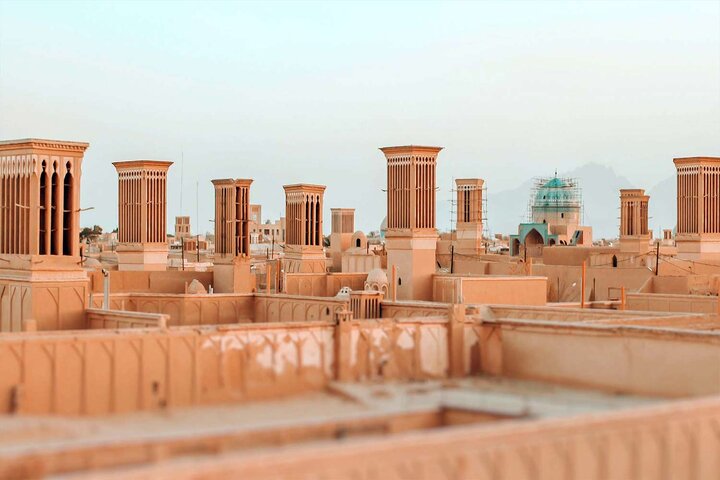Iran (IMNA) - “We have launched a series of familiarization tours for Chinese travel marketers and tour operators in a bid to attract more travelers from China,” CHTN quoted the deputy provincial tourism chief as saying on Monday.
“Effective measures have been taken to attract the attention of Chinese tourists…” Homa Khorshidi said.
“Yazd is a destination for the Chinese nationals, and our arrangement is aimed to encourage that [tourism] flow,” the official said.
“Careful planning for the presence of Chinese tourists is one of the measures that can be very effective in promoting tourism in Yazd province,” she explained.
The historical core of Yazd is chockful of mudbrick houses, bazaars, public bathhouses, water cisterns, mosques, synagogues, Zoroastrian temples, and centuries-old gardens. From the divine point of view, the city enjoys the peaceful coexistence of three religions: Islam, Judaism, and Zoroastrianism.
In July 2017, the historical core of Yazd was named a UNESCO World Heritage. Yazd is regularly referred to as a delightful place to stay, or a “don’t miss” destination by almost all of its visitors. The city is full of mudbrick houses that are equipped with innovative badgirs (wind catchers), atmospheric alleyways, and many Islamic and Iranian monuments that shape its eye-catching city landscape.
Apart from its wonderful natural and cultural sites, the central Iranian province has long been a prime destination for spiritual tourism in the lunar month of Muharram when thousands of locals eagerly commemorate the martyrdom anniversary of Imam Hussein (AS) and his loyal companions, slain in 680 CE at Karbala in modern-day Iraq.
Holidaymakers may attend mourning ceremonies, such as Nakhl-Gardani or Nakhl-Bardari, which is a symbolic representation of the Imam's coffin, resembling an Imam’s funeral; Tazieh, a passionate play inspired by historical and religious narrations; and Sineh-Zani [beating the chest].

Such religious ceremonies are traditionally attended by many domestic travelers as well as people from France, Germany, Belgium, China, Turkey, Russia, the Netherlands, Brazil, Switzerland, Italy, New Zealand, Spain, the UK, the Czech Republic, Hungary, Slovenia, Japan, Taiwan, Hong Kong, Romania, Australia, and Thailand, to name a few.
Yazd is home to numerous qanats which have supplied water to agricultural and permanent settlements for thousands of years. The man-carved underground qanat system relies on snow-fed streams flowing down the foothills of surrounding mountains. The earliest water supply to Yazd is estimated to date from the Sassanid era (224 to 651 CE). However, many others have been continually repaired and used over time, and most surviving Ab-Anbars (traditional mudbrick cisterns) can be today traced to the late Safavid and Qajar periods.
Yazd Water Museum is a must-see destination for the ones interested to know about the brave men who built such underground aqueducts in the past. Located in a restored mansion with a visible qanat running underneath, the museum offers its visitors a fascinating glimpse into the hidden world of qanats through a series of photographs, exhibits, and architectural drawings. It represents nearly 2000 years of unique irrigation structure that has been in operation, yet describes the drilling of mother wells and associated underground water networks stretched to the ancient city.
Tehrantimes
AFM


Your Comment